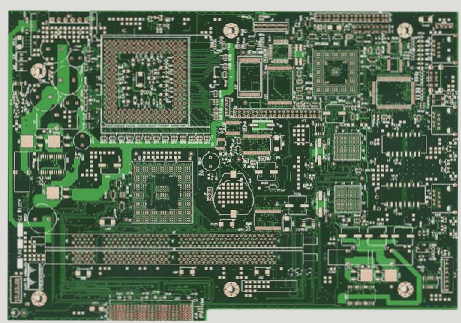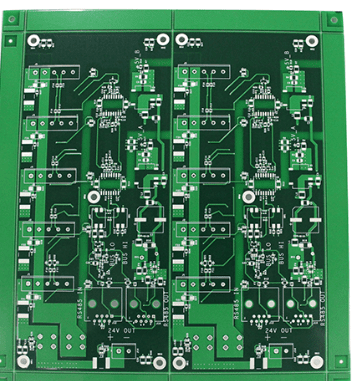Common Issues and Solutions in PCB Drilling
- Drill bit displacement during drilling process.
- Improper selection of covering materials leading to discomfort in softness and hardness.
- Substrate expansion and contraction causing pore displacement.
- Improper use of alignment tools.
- Improper setting of the presser foot causing collision and movement of the production board.
- Resonance during drill bit operation.
- Dirty or damaged clamps.
- Offset holes in production boards or panels.
- Drill bit slipping when touching the cover plate.
- Scratches or wrinkles on the aluminum surface of the cover plate.
- Issues with positioning and origin.
- X-axis and Y-axis deviations in the drilling machine.
- Program-related problems.
Solutions:
- Check spindle alignment.
- Adjust the number of layers based on drill bit diameter.
- Modify drilling speed or feed rate.
- Ensure drill bit meets process requirements.
- Check concentricity between drill tip and rod.
- Verify tight fixing between drill bit and clamp.
- Ensure stability of PCB drill table.
Additional Tips:
Consider using high-density laminate covers or composite cover materials for better results. Perform baking treatment before or after drilling based on board characteristics. Verify tool hole accuracy and positioning pin alignment. Adjust presser foot height and select appropriate drill speed. Clean or replace collet chuck and ensure proper pin installation. Optimize feed rate and choose drills with better flexural strength. Maintain a flat surface aluminum cover plate to avoid deviations. Implement necessary board nailing and record origin accurately.
Common Problems and Solutions in PCB Drilling:
Issues such as large holes, small holes, and hole distortion can occur due to various factors. Check drill tip specifications, adjust feed speed and rotation, limit drill bit regrinds, and monitor spindle deflection. Inspect drill tip surface before drilling and perform dynamic deflection testing during operation.
PCB Drilling Best Practices
- Measure the replaced drill nozzle and the first hole drilled by it.
- Keep track of the tool magazine location when arranging drills.
- Ensure to clearly read the serial number when replacing the PCB drill bit.
- Verify the actual hole diameter against the hole diagram when preparing the drill.
- Thoroughly clean the chuck and meticulously measure the knife surface condition after pressing.
- Always double-check the tool number input for accuracy.
- Stay updated on the latest PCB drilling techniques and technologies to enhance efficiency.
- Consider implementing automated drilling systems for increased precision and productivity.


